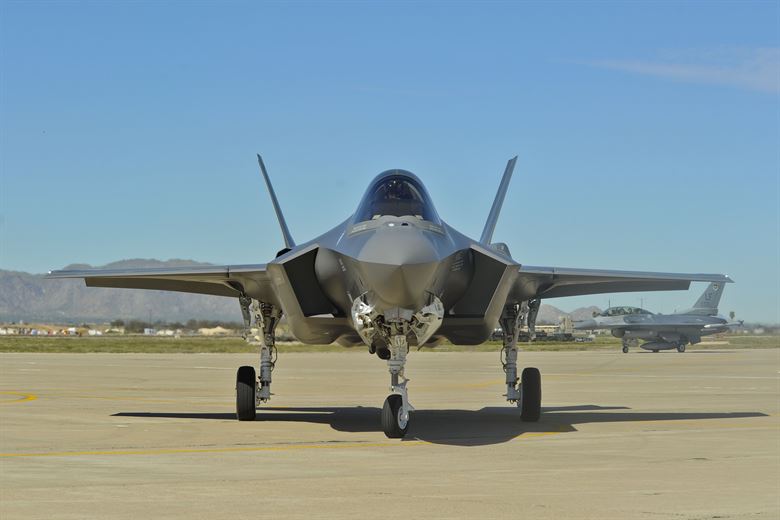Why Earth Day Still Matters
Founded by Wisconsin senator, it was always about more than the environment. It still is.
When Sen. Gaylord Nelson of Wisconsin launched Earth Day in 1970, positive response was overwhelming. Twenty million people – 10 per cent of the U.S. population — participated. But it also drew fire from both ends of the political spectrum.
The far-right John Birch Society accused Nelson of choosing April 22 as an ill-disguised attempt to celebrate the 100th anniversary of the birth of Russian Red Vladimir Lenin. Nelson defused that with some research and humor, explaining that April 22 was the birthdate of literally millions of people, including Queen Isabella, St. Francis of Assisi, and – most importantly – Nelson’s Aunt Tillie.
But Nelson wasn’t just talking about litterbugs.
In his speech at the University of Wisconsin in Madison on the eve of Earth Day, Nelson made it clear he saw the movement as broadly focused. “Our goal is not to forget about the worst environments in America – in the ghettos, in Appalachia and elsewhere,” he said. “Our goal is an environment of decency, quality and mutual respect for all human beings and all other living creatures – an environment without ugliness, without ghettos, without poverty, without discrimination, without hunger and without war. Our goal is a decent environment in its deepest and broadest sense.”
Introducing a bill on a study of ecological damage in Vietnam, Nelson catalogued the damage: An area the size of Rhode Island flattened and scraped bare of foliage. Prime forest acreage the size of Massachusetts, destroyed by 100 million pounds of poisonous herbicides. Twenty-three million huge craters, forty feet across and twenty-six feet deep, created by 500-pound bombs, with tonnage amounting to three pounds for every person on earth – eight billion pounds. Destruction of eighty per cent of the timber forests and ten per cent of all the cultivated land in the country.
Fifty years later, as war rages in Ukraine, the damage and destruction caused by militarism and war are on every television screen and newspaper front page – widespread loss of human life, millions of refugees, growing world hunger, and so much environmental damage that it is being called ecocide.
The war “will likely push the existential risks posed by climate crisis to national and global security further onto the military’s backburner,” The Bulletin of the Atomic Scientists warns. Both sides are spewing greenhouse gases from tanks, trucks, and a wide array of vehicles and weapons. But the dirtiest of them all is jet fuel, burned in incredible quantities.
Even in peacetime – a rare occurrence in this century – militarism fuels the climate crisis and degrades and destroys the environment. And Pentagon spending by the U.S. is the leading culprit. The Department of Defense (DOD) is the largest consumer of energy in the nation, and the world’s biggest institutional consumer of petroleum. The U.S. military burns 100 million gallons of oil a year, produces more greenhouse gases than many industrialized countries. The US spends more on the military than the next 11 countries combined – three times as much as China and 10 times as much as Russia.
Veterans For Peace, an international organization with a chapter in Milwaukee, has launched a campaign to educate the public about the connection between militarism and the climate crisis. For more information follow their Facebook group.
Bill Christofferson, a member of Milwaukee Veterans For Peace and Peace Action Wisconsin, is the author of The Man From Clear Lake: Earth Day Founder Sen.Gaylord Nelson.
Op-Ed
-
Unlocking Milwaukee’s Potential Through Smart Zoning Reform
 Jul 5th, 2024 by Ariam Kesete
Jul 5th, 2024 by Ariam Kesete
-
We Energies’ Natural Gas Plans Are A Mistake
 Jun 28th, 2024 by John Imes
Jun 28th, 2024 by John Imes
-
Milwaukee Needs New Kind of School Board
 Jun 26th, 2024 by Jordan Morales
Jun 26th, 2024 by Jordan Morales






















An excellent piece by a knowledgeable writer!